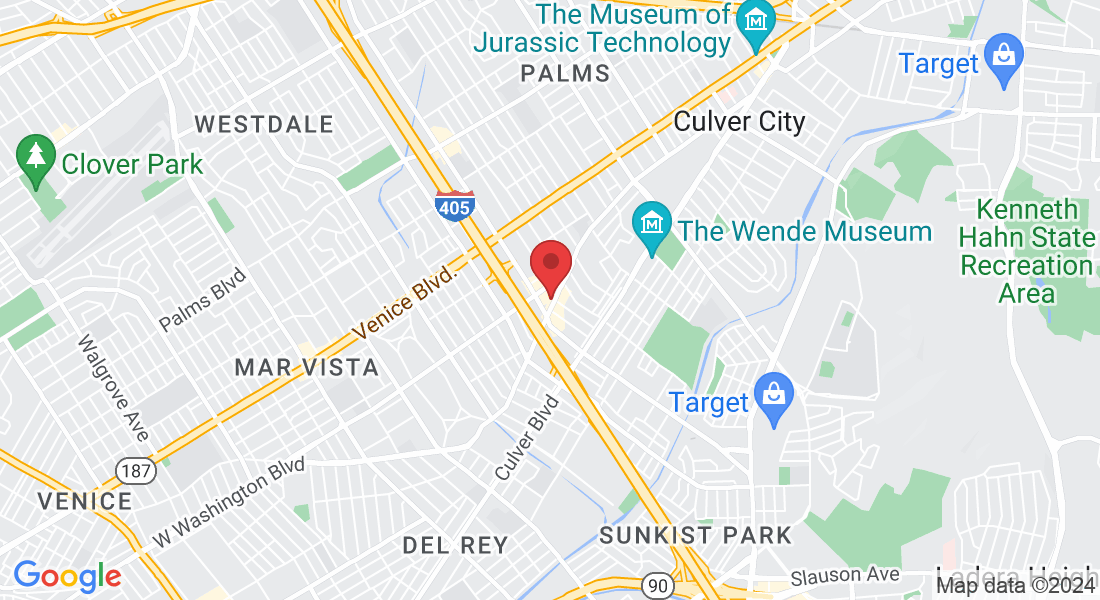Mon-Fri 8:00AM - 5:00PM , Sat 8:00AM-2:00PM
TIRE REPAIR CULVER CITY SHOP
TIRE REPAIR, ROTATION & REPLACEMENT

Automed Car Care is committed to providing excellent tire service in West Los Angeles. We offer tire mounting, balancing, rotation and tire inspection, wheel alignment, and tire pressure check. Our technicians use specialized tire and alignment equipment and the latest diagnostic tools. Choose from a huge selection of tires from big brands like Yokohama, Toyo Tires, Pirelli, Michelin, Goodyear, Hankook, Dunlop, Continental, Falken, BFGoodrich, Firestone, and Bridgestone, all at the guaranteed lowest prices, and get quick, expert tire installation.
#1 TIRE SHOP CULVER CITY
Our ACE-certified technicians will help you find the right tires for your car and driving preferences. They’ll install, align, and balance your new tires on the spot in minutes. We also perform flat repairs, tire rotations and tire retreading. If our mechanics determine your tire can be repaired, we’ll patch it. If the tire is damaged beyond repair, our technicians will replace it.
OUR SERVICES
Schedule Your Appointment Today
POPULAR TIRE REPAIR SERVICES
Internal & external inspection of the damaged tire
Reliable repair from inside tire
Tire pressure check and adjust and treadwear evaluation of all tires
Free tire pressure check & refill
Flat tire repair
Tire rotation
Tire mounting
Tire balancing
Tire valve stem replacement
Tire sensor replacement
Wheel alignment.
Schedule Your Appointment Today
WHY CHOOSE OUR WEST LOS ANGELES TIRE SHOP?
Our car shop sells the best tires Culver City has to offer. We have the professionals, equipment, and products to dismount, mount, balance, repair the tire adequately and guarantee the repair for the tire’s life.
Best Auto Tire Repairs In West Los Angeles - (424) 372-9120
Call us at (424) 372-9120, send us a quote request, or schedule the same day tire repair. We look forward to taking care of your tires.
Tire Industry Certified Installation Service
ASE-certified technicians
30+ years of experience
Dealer level car diagnostic equipment and tools
Great reputation, check our Yelp reviews
Fully equipped car tire repair shop
Family-owned & operated business
24 Month/24,000 miles warranty on parts and service
Complete customer satisfaction
Free Wi-Fi and coffee.
Best Auto Tire Repairs In West Los Angeles - (424) 372-9120
Call us at (424) 372-9120, send us a quote request, or schedule the same day tire repair. We look forward to taking care of your tires.

TIRES REPAIR FAQS
We now have an FAQ list that we hope will help you answer
some of the more common ones.
When to Replace Tires?
There are many signs that you may need to replace car tires. Weathering, damage, and irregular wear can all indicate a need for new tires. Still, the most common sign is low tread depth. As tires wear, the tread depth and circumferential grooves become shallower, decreasing the tire’s wet weather traction. A tire with 2/32nds of the tread is considered legally worn in certain states. Tires worn to this point must be replaced.
How Often to Replace Tires?
The NHTSA recommends that tires be replaced every 6 years regardless of the number of miles driven. Proper inflation is the ultimate goal of tire maintenance. Too much or too little air in the tires is guaranteed to cause you problems and excessive or uneven wear during the time.
How Often Should I Check Tire Pressure?
It’s recommended to check the air pressure in the tires at least once a month because all tires lose air over time. Inspect the tire pressure before you take a long drive or when you haul or tow a heavy load. It’s best to scrutinize the tires when your truck or car has been parked for several hours.
Why Tires Need Balancing?
Tire or wheel balancing is done to slow tread wear and maximize tires’ life. Fixing weight imbalances can solve vibration issues and other problems that hinder overall performance.
How Often Should I Replace Spare Tire?
Since a spare tire gets quite little use, it should last many years, but like all rubber products, the material will gradually deteriorate over the period. You can do the identical inspection on the spare tire as you do on the regular tires by looking for signs of tread wear.
What Is the Best Air Pressure for Tires?
The correct pressure for your tires is recommended by your vehicle’s manufacturer. Look inside the driver’s door for the optimal tire inflation pressure for your car, or check the owner’s manual.
Why Do Tires Need to be Rotated?
Tire rotation is crucial for both your safety and for extending the life of the tires. When tires are shifted to new positions, the pattern of wear on each tire also changes through moving friction and torque to different areas of the tread. Ensuring even tread wear improves cornering and braking by keeping traction consistent across all of the tires, and it enhances fuel efficiency, also.




